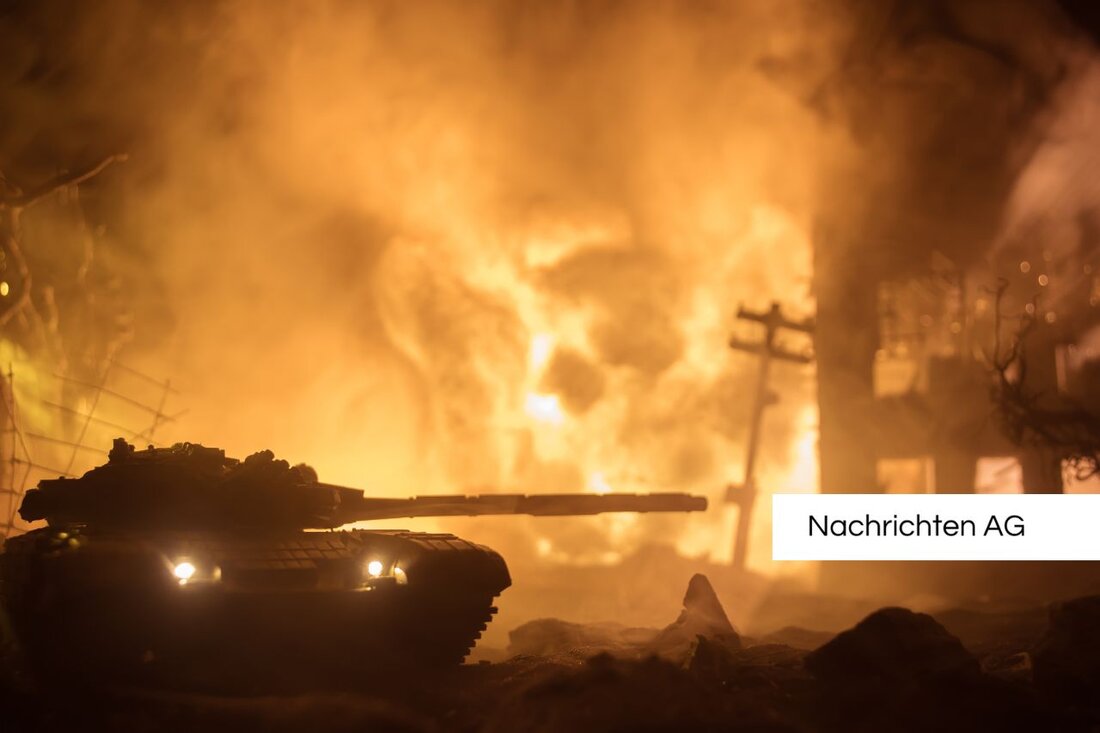Stumbling blocks in Goldegg: Remembering courageous women in the resistance
On October 28, 2025, two stumbling blocks were laid at Goldegg Castle in honor of Anna Schager and Rosina Unterkirchner, who courageously helped Wehrmacht deserters.

Stumbling blocks in Goldegg: Remembering courageous women in the resistance
On October 28th, a moving ceremony took place for the laying of two new stumbling blocks at the outer archway of Goldegg Castle. These small but important memorial stones, which are each 10 cm large concrete cubes with brass plates, bear the names of Anna Schager and Rosina Unterkirchner. On this special occasion, Brigitte Menne was asked to act as moderator, leading through the program and providing the framework for a worthy commemoration. The talented Yorgos Pervolarakis accompanied the ceremony musically, which deeply touched many visitors.
A short presentation entitled “Women and Resistance” was given by Prof. Gabriella Huhn, who also underlined the great importance of the stumbling blocks for the resistance of women in Pongau. Stolpersteine, a project by the German artist Gunter Demnig, serve to remember the victims of National Socialist persecution and to anchor their names in the places where they once lived. As of June 2023, over 100,000 Stolpersteine had already been laid in more than 1,200 cities in Europe, with the majority dedicated to Jewish Holocaust victims. However, there are also stones for Sinti, Roma, homosexuals and many other groups.
The life stories of Anna Schager and Rosina Unterkirchner
Anna Schager, born on November 2, 1892 in Weng, was arrested on July 2, 1944 and deported to the Ravensbrück concentration camp without trial. There she was no longer just a name; She was a woman who actively supported Wehrmacht deserters and was consequently imprisoned. Horrible experiences followed, such as the dreaded “Death March in the Below Forest”, from which she could only be freed with the help of an inmate doctor. After the war she returned to Salzburg and died on December 15, 1979 in Zell am See.
Rosina Maria Unterkirchner, born on December 6, 1916 in Goldegg-Weng, was another remarkable woman who stood up for others in dark times. In 1937 she married Rupert Unterkirchner, who was doing military service. On the same day as Anna Schager, Rosina was arrested by the SS on July 2, 1944 and deported to the Ravensbrück concentration camp. She survived the camp until it was liberated on April 29, 1945 and finally died on March 17, 1998 at the Dürnbachhof in Goldegg-Weng.
A lasting symbol of remembrance
The Stolperstein is more than just a physical monument; it is a sign of remembrance and pause. To encourage this idea, the name “Stolperstein” alludes to the idea of accidentally stumbling across the story of the persecuted people while walking through the city. This special type of commemoration has found favor not only in Germany, but also in Austria and other countries - a visible sign of resistance to forgetting.
In Goldegg, the stumbling blocks now become part of a history that should never be forgotten. The celebrations concluded with a Gstanzl by Sepp and Marianne Unterkirchner, who look back with pride on their family's tradition of commemoration. Such events once again highlight the importance of honoring the heritage and struggles of our ancestors and advocating for a just society.

 Suche
Suche
 Mein Konto
Mein Konto